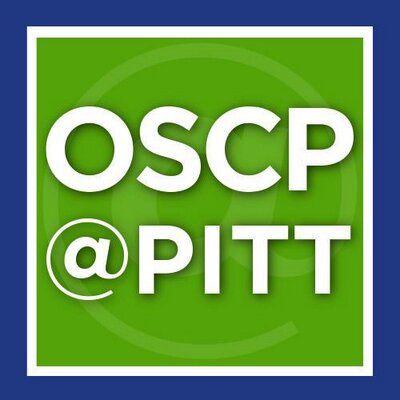Linnoila, Jenny Johanna
(2007)
Tid1 Mediates Agrin and Muscle Specific Kinase Signaling at the Neuromuscular Junction.
Doctoral Dissertation, University of Pittsburgh.
(Unpublished)
Abstract
The neuromuscular junction (NMJ) has a structure that is optimized to relay signals from nerve to muscle. As part of its organizational scheme, certain muscular proteins, like nicotinic acetylcholine receptors (AChRs), are clustered preferentially at the NMJ. Clustering of AChRs at the NMJ is essential for efficient neurotransmission. The major factor which strengthens and sustains the NMJ localization of AChRs is the motoneuron-derived glycoprotein agrin. Agrin acts via a receptor complex that includes the muscle-specific receptor tyrosine kinase (RTK) MuSK. Although MuSK has been well characterized, the signaling pathway by which it mediates agrin-induced clustering of AChRs remains elusive. Understanding this process will provide insights for the treatment of a variety of muscle weakness disorders, such as myasthenia gravis and muscular dystrophy. For instance, some forms of myasthenia gravis are caused by autoantibodies directed against MuSK. Future therapies could be designed to circumvent dysfunctional portions of the clustering cascade. In addition, studying this pathway may reveal mechanisms important for the formation and maintenance of synapses. A bacterial two-hybrid assay was used to screen a rat muscle cDNA library for binding partners of the cytoplasmic domain of mouse MuSK. The mammalian homologue of the Drosophila protein, tumorous imaginal discs, tid1, was identified as a specific MuSK binding protein. Interestingly, tid1 has recently been shown to bind to and to modulate the signaling of the ErbB2 and Trk families of RTKs. Biochemical assays confirmed that tid1 binds to MuSK. Tid1 was colocalized with AChR clusters in cultured myotubes and at rodent NMJs. Denervation dispersed tid1 and AChRs from the postsynaptic membrane of the NMJ. Overexpression of the N-terminal half of tid1 in myotubes induced aneural AChR clustering. Short hairpin RNA (shRNA)-mediated knockdown of tid1 inhibited spontaneous and agrin-induced AChR clustering in cultured myotubes and resulted in the disassembly of preformed NMJs in skeletal muscles of adult mice. Furthermore, the amplitudes of spontaneous miniature endplate potentials (MEPPs) and evoked endplate potentials (EPPs) were significantly reduced in muscles electroporated with tid1-targeted shRNA. These results implicate tid1 as a novel NMJ player and define a new class of molecules in the agrin/MuSK signaling cascade.
Share
| Citation/Export: |
|
| Social Networking: |
|
Details
| Item Type: |
University of Pittsburgh ETD
|
| Status: |
Unpublished |
| Creators/Authors: |
|
| ETD Committee: |
|
| Date: |
24 August 2007 |
| Date Type: |
Completion |
| Defense Date: |
10 July 2007 |
| Approval Date: |
24 August 2007 |
| Submission Date: |
21 August 2007 |
| Access Restriction: |
No restriction; Release the ETD for access worldwide immediately. |
| Institution: |
University of Pittsburgh |
| Schools and Programs: |
School of Medicine > Molecular Pharmacology |
| Degree: |
PhD - Doctor of Philosophy |
| Thesis Type: |
Doctoral Dissertation |
| Refereed: |
Yes |
| Uncontrolled Keywords: |
acetylcholine; AChR; agrin; clustering; MuSK; neuromuscular junction; receptor; Tid1 |
| Other ID: |
http://etd.library.pitt.edu/ETD/available/etd-08212007-115412/, etd-08212007-115412 |
| Date Deposited: |
10 Nov 2011 20:00 |
| Last Modified: |
15 Nov 2016 13:49 |
| URI: |
http://d-scholarship.pitt.edu/id/eprint/9224 |
Metrics
Monthly Views for the past 3 years
Plum Analytics
Actions (login required)
 |
View Item |








